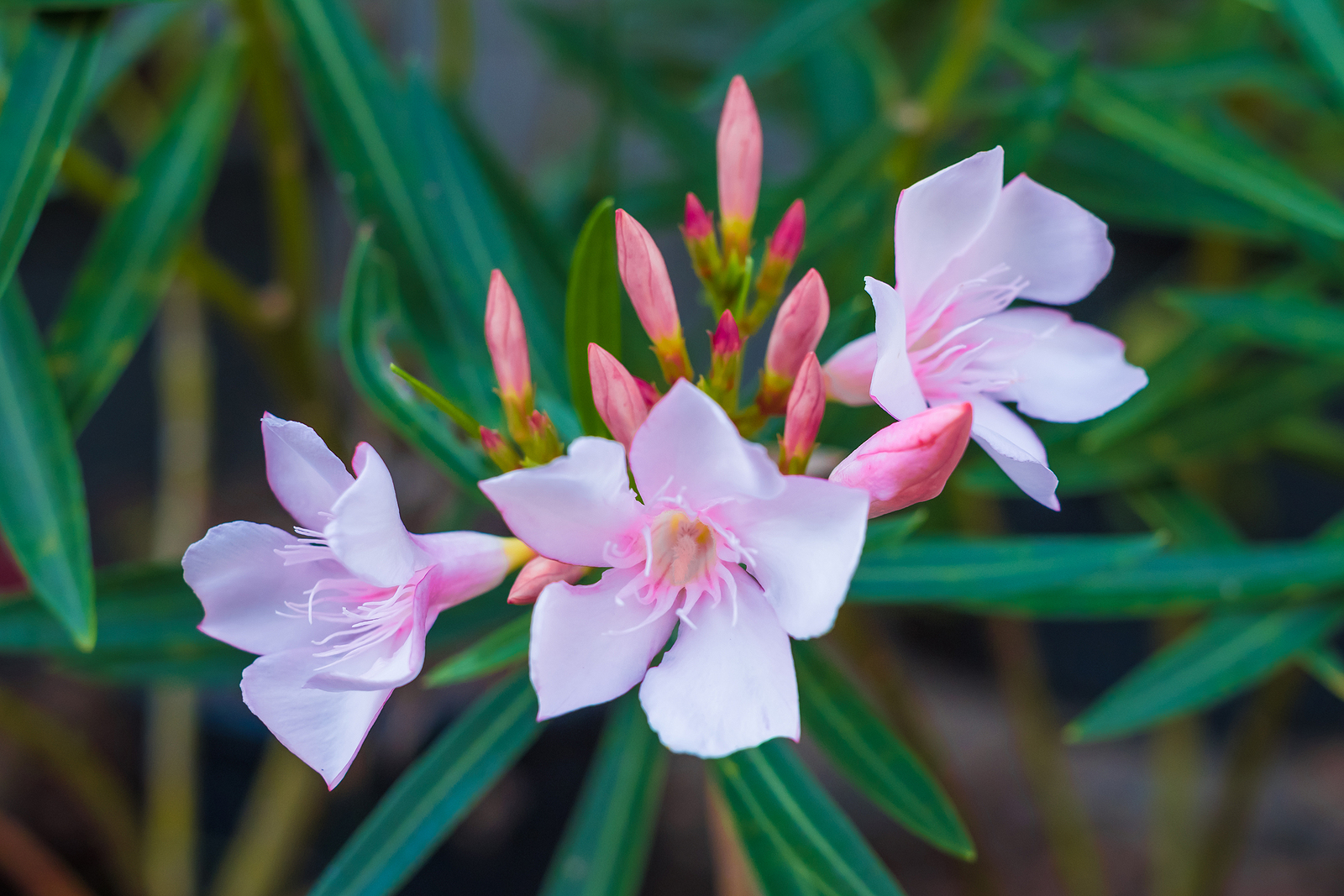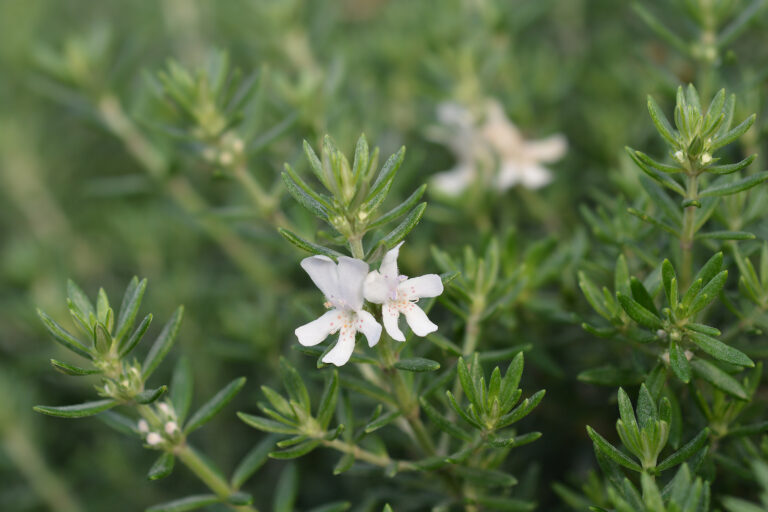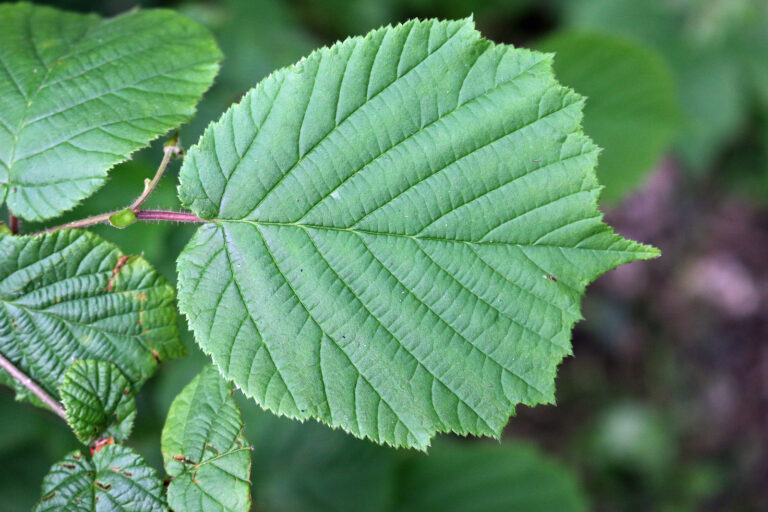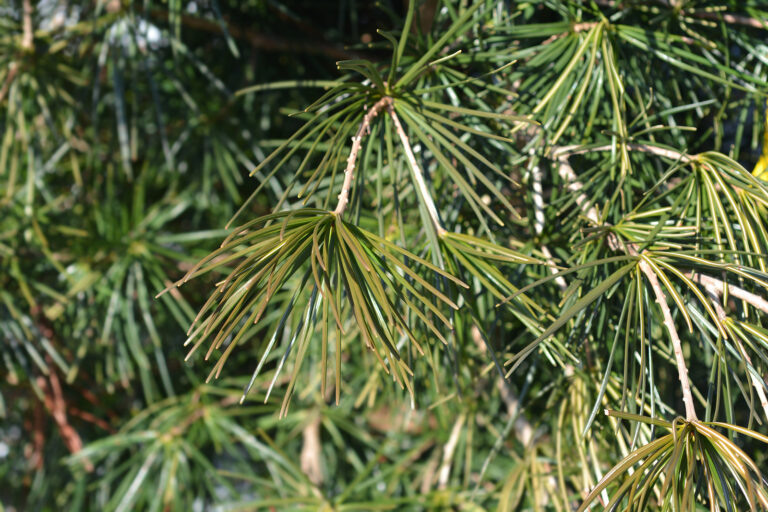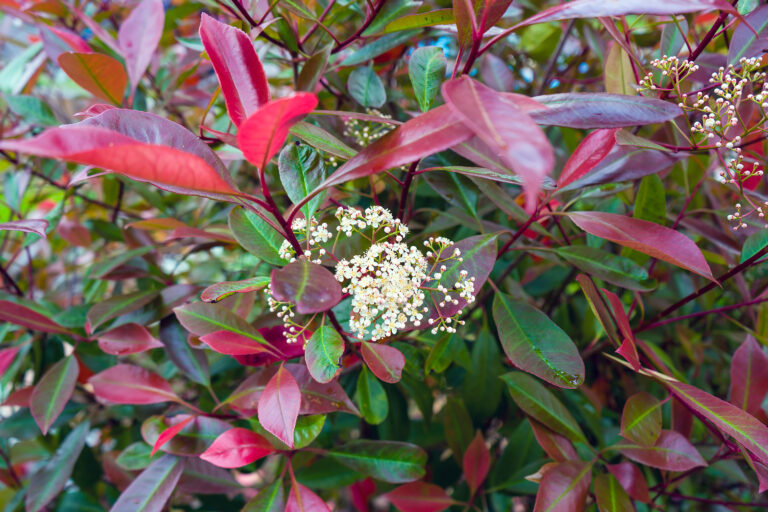How to Grow Oleander – Nerium
Nerium oleander – commonly called oleander – is a flowering shrub with a dense, bushy habit native to the Mediterranean region, North Africa, and parts of Asia. It is a popular ornamental plant in warm-region gardens and landscapes due to its beautiful flowers and evergreen foliage.
Oleander is well-suited for warm and dry climates. It prefers full sun and well-drained soil, and is relatively low-maintenance once established. Oleander is drought-tolerant once established. Oleander plants thrive in full sun, so choose a location in your garden that receives at least 6 to 8 hours of sunlight per day.
Oleander typically grows as a large shrub or small tree, reaching heights of up to 15 feet. The leaves are long, narrow, and leathery, with a dark green color. The flowers are trumpet-shaped and come in a range of colors, including white, pink, red, and yellow.
The flowers are fragrant and appear in summer and early fall. Oleander is a popular ornamental plant in gardens and landscaping due to its attractive appearance and ability to tolerate drought and a range of soil conditions.
Oleander blooms profusely from spring to fall, attracting pollinators like bees and butterflies. Despite its beauty, oleander is toxic if ingested, as all parts of the plant contain poisonous compounds that can be harmful and even fatal if consumed. All parts of the plant — leaves, stems, and flowers — contain toxic compounds called cardiac glycosides, which can be harmful or even fatal if ingested. It is important to exercise caution when planting and handling oleander, especially around children and pets. It is important to keep oleander out of reach of children and pets. Oleander has been used in rituals and ceremonies in various cultures, symbolizing beauty, resilience, and strength.
Overall, oleander is a striking and versatile plant that can add visual interest to any garden, but it should be respected for its toxicity and handled with care.
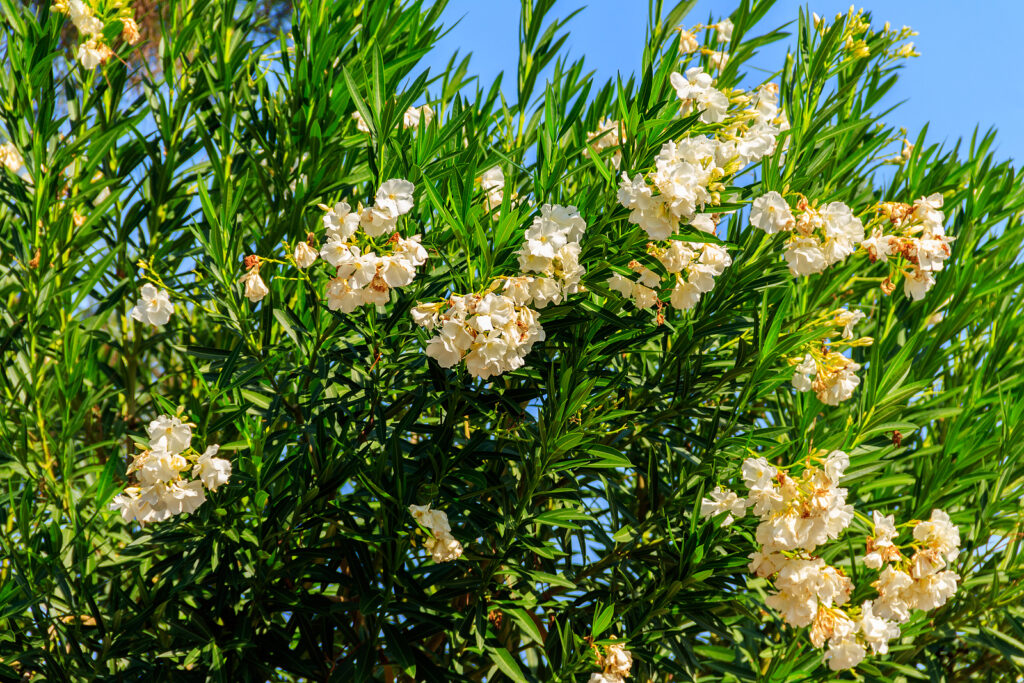
Get to know Oleander – Nerium
- Plant type: Shrub or small tree
- Growing zones and range: Zones 8 to 11
- Hardiness: Frost tolerant
- Height and width: 4 to 12 feet tall depending on the cultivar
- Foliage: Long, pointed leaves are medium green and attached to flexible stems and branches
- Flowers: Terminal clusters of five-petaled flowers
- Bloom time: Summer
- Uses: Informal hedge, specimen, background plant, roadside plant
- Common name: Oleander
- Botanical name: Nerium
- Family name: Apocynaceae
- Origin: Mediterranean region, North Africa, and parts of Asia
Where to plant Oleander – Nerium
- Oleander plants thrive in full sun. Plant in a location that receives at least 6 to 8 hours of sunlight per day.
- Oleanders prefer soil that is well-draining and slightly acidic. If your soil is heavy or compacted, consider amending it with organic matter such as compost or peat moss.
When to plant Oleander – Nerium
- Plant oleander in the spring or fall.
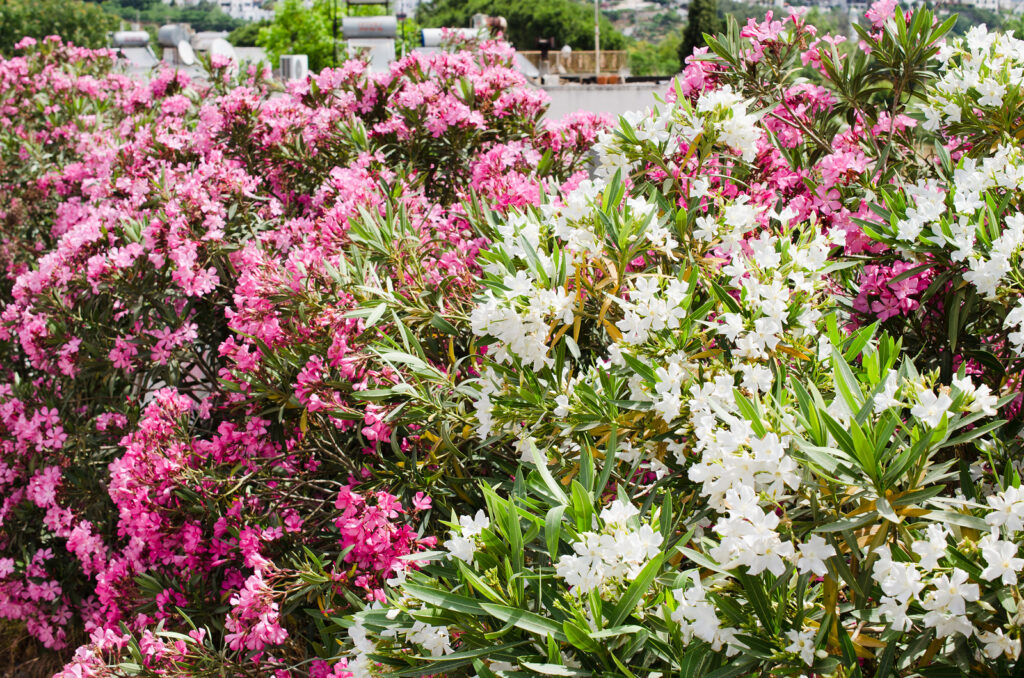
Planting and spacing Oleander – Nerium
- Space oleanders 3 to 5 feet or more apart depending on the variety.
- Dig a hole that is slightly larger than the root ball and plant the shrub at the same depth as it was in the nursery container.
How to water and feed Oleander – Nerium
- Water oleanders regularly until established; regular water will help establish a strong root system.
- Oleander plants are drought-tolerant once established, but they still need regular watering during the growing season.
- Water oleander deeply once a week, or whenever the top inch of soil feels dry to the touch.
- Oleanders are light feeders and do not require much fertilizer. A balanced fertilizer applied in the spring and summer should be sufficient to promote healthy growth.
- Be careful not to over-fertilize as this can result in fewer blooms.
Oleander – Nerium care
- Oleanders can become quite large if left unpruned; prune them regularly to maintain their shape and size. Prune in late winter or early spring before new growth appears.
- Prune to remove any dead or damaged branches. This will promote new growth. Be sure to wear gloves when pruning as oleander is toxic if ingested.
Oleander – Nerium pests and diseases
- Oleanders can be prone to pests such as aphids, whiteflies, scale insects, and spider mites.
- Oleanders are prone diseases like bacterial leaf scorch and oleander leaf scorch. Keep an eye out for any signs of pests or diseases and treat promptly if necessary.
- Oleanders are susceptible to leaf spot and powdery mildew.

Oleander – Nerium propagation
- Oleander can be grown from seeds, cuttings, or by dividing existing plants.
- To propagate oleander from cuttings, take a 4 to 6-inch cutting from a healthy, mature plant in the spring or early summer. Dip the cut end in rooting hormone and plant it in a pot filled with well-draining soil. Keep the cutting moist and place it in a warm, sunny location until roots develop.
- If you are starting from seeds, sow oleander seeds directly in the ground after the last frost date.
Oleander – Nerium cultivars to grow
- Nerium oleander ‘Algiers’ grows 10 to 12 feet tall; large mounding shurb or standard tree; single deep red flowers.
- N.o. ‘Casablanca’ grows 4 to 6 feet tall; mounding shrub with single, white flowers.
- N.o. ‘Hawaii’ grow 5 to 7 feet t6all; large mounding shrub with salmon-pink flowers; frost sensitive.
- N.o. ‘Isle of Capri’ grows 5 to 7 feet tall; large mounding shrub with single light yellow flowers.
- N.o. ‘Petite Pink’ grows to 4 feet tall; dwarf mounding shrub with single pink flowers.
- N.o. ‘Petite Salmon’; grows 4 to 5 feet tall; dwarf mounding shrubwith single salmon flowers.
- N.o. ‘Mrs. Roeding’ grows 6 to 8 feet tall; large mounding shrub with double salmon-pink flowers.
- N.o. ‘Sister Agnes’ grows 12 to 15 feet tall; large mounding shrub or standard tree with single white flowers.
- N.o. ‘Tangier’ grows 4 to 6 feet tall; intermediate size shrub with single light pink flowers.

